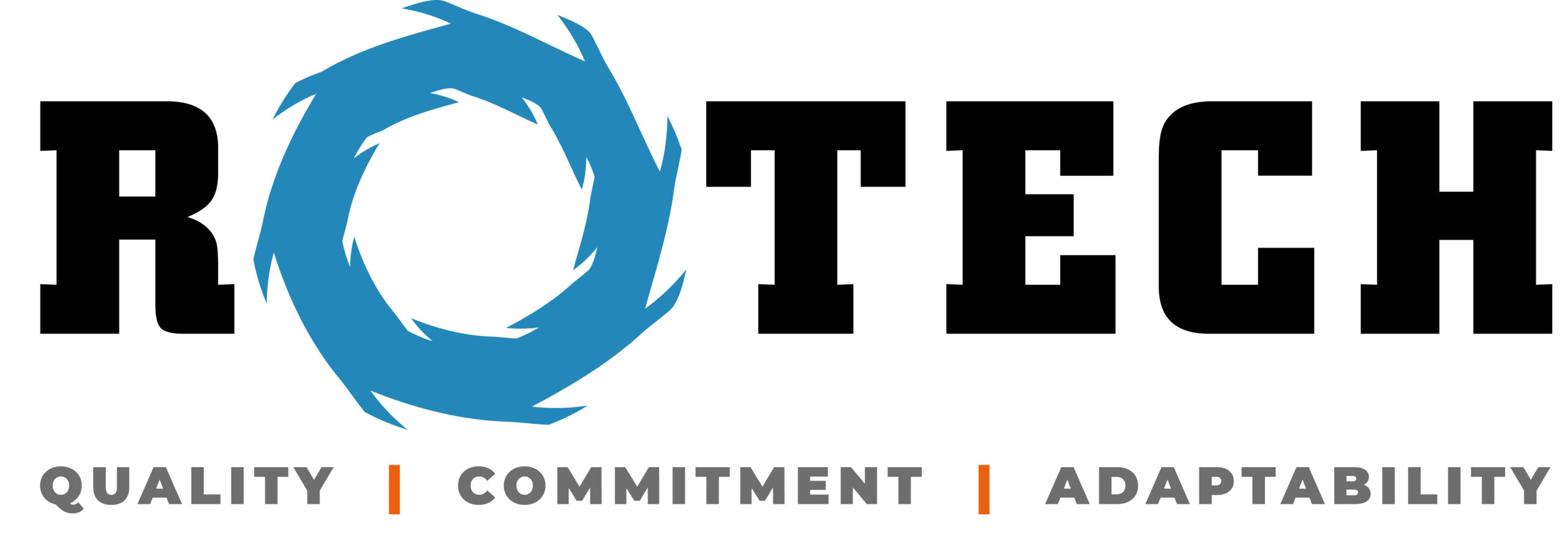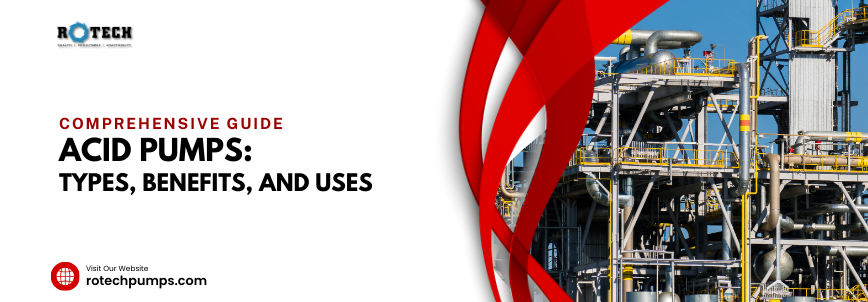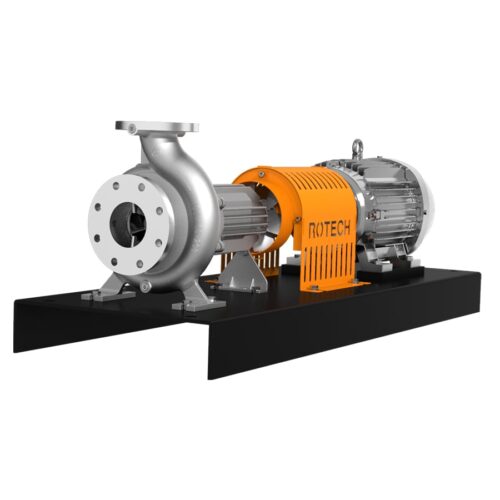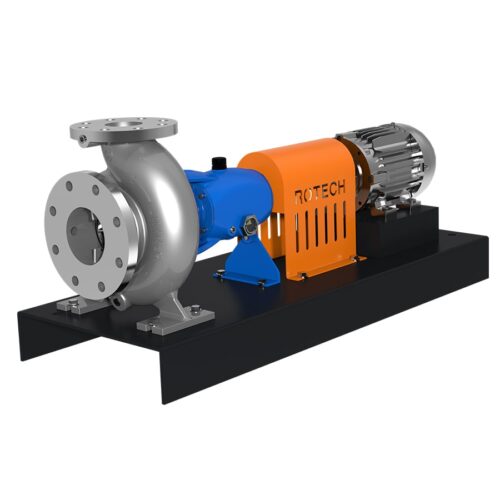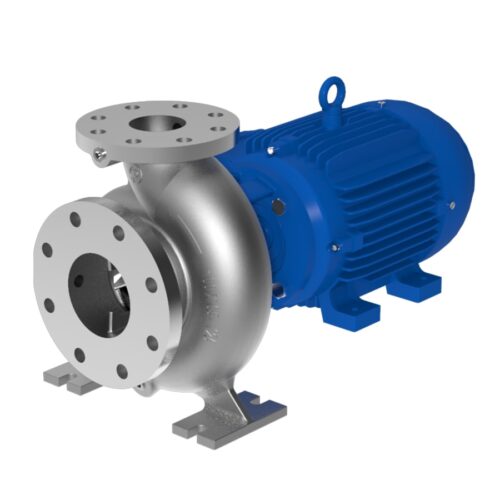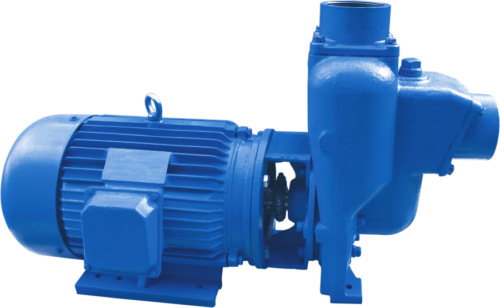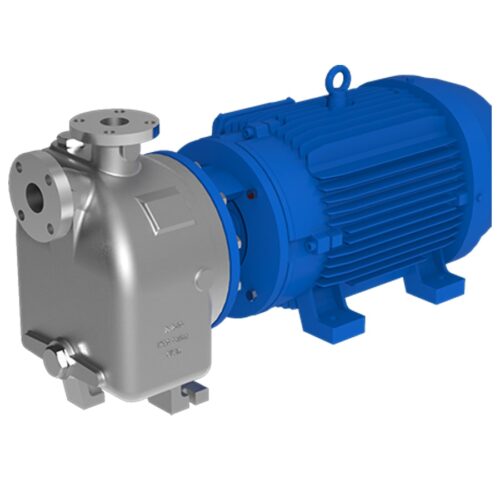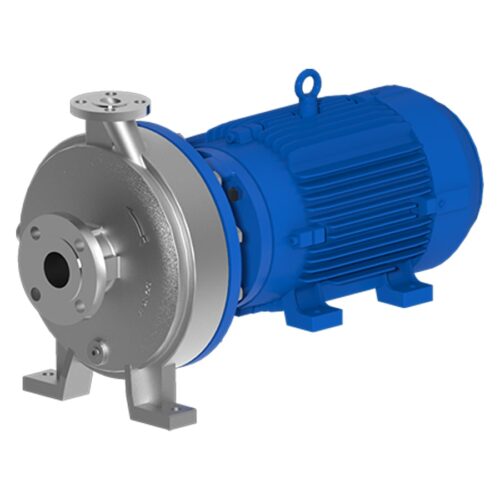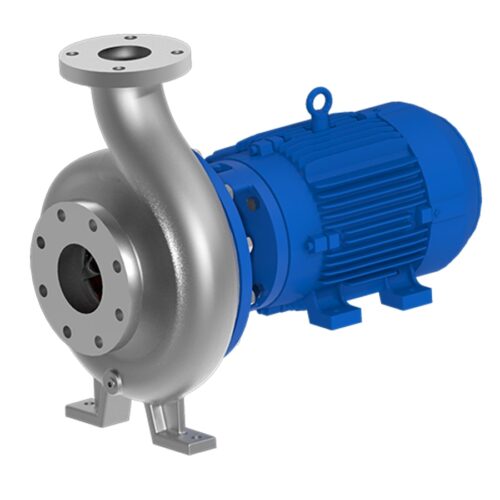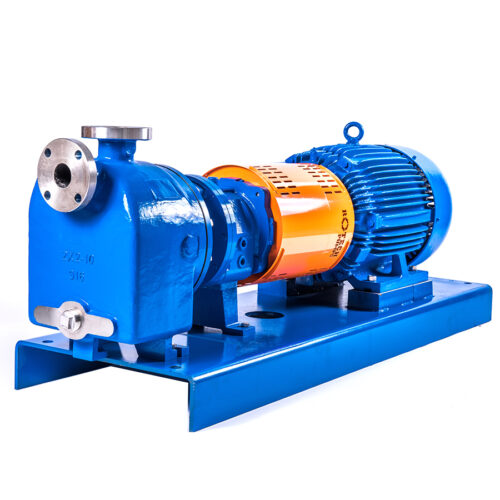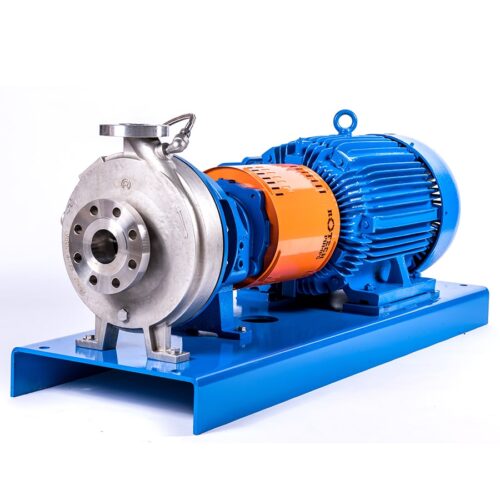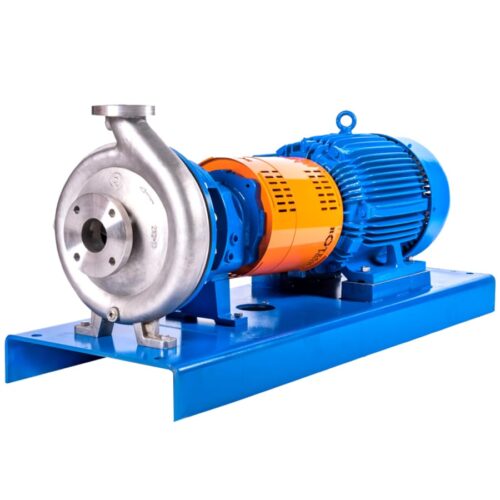Acid pumps are essential components in a variety of industrial processes and applications, where they play a crucial role in moving corrosive liquids and liquids with abrasive solids. In this comprehensive guide, we’ll cover everything you need to know about acid pumps, including how they work, their different types, and their benefits and limitations.
What are Acid Pumps?
Acid pumps are pumps designed to handle corrosive and abrasive liquids that would damage or destroy regular pumps. These pumps are made of materials that can withstand the harsh chemical environment, such as stainless steel, duplex steels, and often plastic based polymers. The materials used in the construction of acid pumps depend on the type of liquid being pumped and the concentration of the corrosive material.
How do Acid Pumps Work?
When referring to industrial acid pumps, their working mechanism depends on the specific type of pump used. Here are two common types and their operating principles:
1. Air-operated double diaphragm (AODD) pumps:
- These pumps have two flexible diaphragms separated by a chamber filled with the acidic liquid.
- Compressed air pushes one diaphragm forward, drawing liquid into the chamber on the other side.
- When the first diaphragm reaches its limit, the air pressure switches, pushing the second diaphragm forward and expelling the liquid.
- This cycle repeats, creating a pulsing flow of the acidic liquid.
- Since the diaphragms don’t contact the liquid directly, they eliminate the risk of leaks and contamination.
2. Centrifugal pumps:
- These pumps use a rotating impeller to create centrifugal force, flinging the liquid outwards.
- The liquid exits the pump through a discharge nozzle due to the pressure generated.
- Centrifugal pumps can handle high flow rates but may not be suitable for highly viscous acids or those containing solids.
- Depending on the acid’s specific properties, special materials like stainless steel or lined casings are used to prevent corrosion.
Additional factors influencing acid pump operation:
- Flow rate and pressure requirements: These determine the pump size and type needed.
- Liquid viscosity and abrasiveness: Certain pumps are better suited for specific viscosities and abrasive solids.
- Temperature of the acid: Some pumps have limitations on the temperature they can handle.
- Safety features: Explosion-proof models may be necessary for hazardous environments.
It’s important to choose the right acid pump based on your specific needs and the properties of the liquid you’re handling. Consulting with a pump expert can ensure you get the most suitable and reliable pump for your application.
Types of Acid Pumps
The specific type of acid pump you need depends on several factors, including the type of acid, flow rate, pressure requirements, viscosity, and abrasiveness. Here are some common types of acid pumps:
1. Centrifugal Pumps:
- Operation: Uses a rotating impeller to create centrifugal force, flinging the liquid outwards and generating pressure.
- Suitable for: Low to medium viscosity acids, high flow rates.
- Limitations: Not ideal for highly viscous acids, abrasive solids, or shear-sensitive liquids.
- Material: Special materials like stainless steel or lined casings are used to prevent corrosion.
2. Air-operated Diaphragm (AODD) Pumps:
- Operation: Two flexible diaphragms separated by a chamber are used. Compressed air pushes one diaphragm forward, drawing liquid, then switches, pushing the other diaphragm to expel liquid.
- Suitable for: Highly viscous acids, abrasive solids, shear-sensitive liquids, self-priming applications.
- Limitations: Pulsating flow, lower flow rates compared to centrifugal pumps.
3. Gear Pumps:
- Operation: Two intermeshing gears create suction and pressure to move the liquid.
- Suitable for: High viscosity acids, shear-sensitive liquids, precise metering.
- Limitations: Lower flow rates, higher cost compared to other types.
4. Peristaltic Pumps:
- Operation: Uses a roller to squeeze a flexible tube, creating suction and pushing liquid forward.
- Suitable for: Shear-sensitive liquids, slurries, metering applications.
- Limitations: Lower flow rates, limited pressure head.
5. Magnetic Drive Pumps:
- Operation: Uses a magnetic coupling to rotate the impeller, eliminating the need for a shaft seal that could leak.
- Suitable for: Hazardous or toxic acids, volatile liquids, environments with strict leak prevention requirements.
- Limitations: Higher cost compared to other types.
6. Metering Pumps:
- Operation: Designed for precise delivery of small volumes of liquids.
- Suitable for: Dosing applications, chemical feed, laboratory use.
- Limitations: Lower flow rates, higher cost compared to other types.
Additional factors to consider:
- Temperature of the acid: Some pumps have limitations on the temperature they can handle.
- Safety features: Explosion-proof models may be necessary for hazardous environments.
Benefits and Limitations of Acid Pumps
Acid pumps offer a number of benefits, including:
- Increased efficiency and reliability compared to other types of pumps
- Ability to handle corrosive liquids without being damaged
- Increased safety, as there is no risk of leakage or contamination
However, there are also some limitations to consider when using acid pumps, including:
- Higher cost compared to other types of pumps
- Limited flow rate and pressure capabilities
- Maintenance requirements to ensure the pumps continue to function properly
Conclusion
Acid pumps are essential components in a variety of industrial processes and applications, where they play a crucial role in moving corrosive liquids and liquids with abrasive solids. Understanding the different types of acid pumps, their benefits and limitations, and how they work can help you make an informed decision when choosing an acid pump for your needs. Whether you’re looking for increased efficiency, reliability, or safety, there is sure to be an acid pump that is right for you

